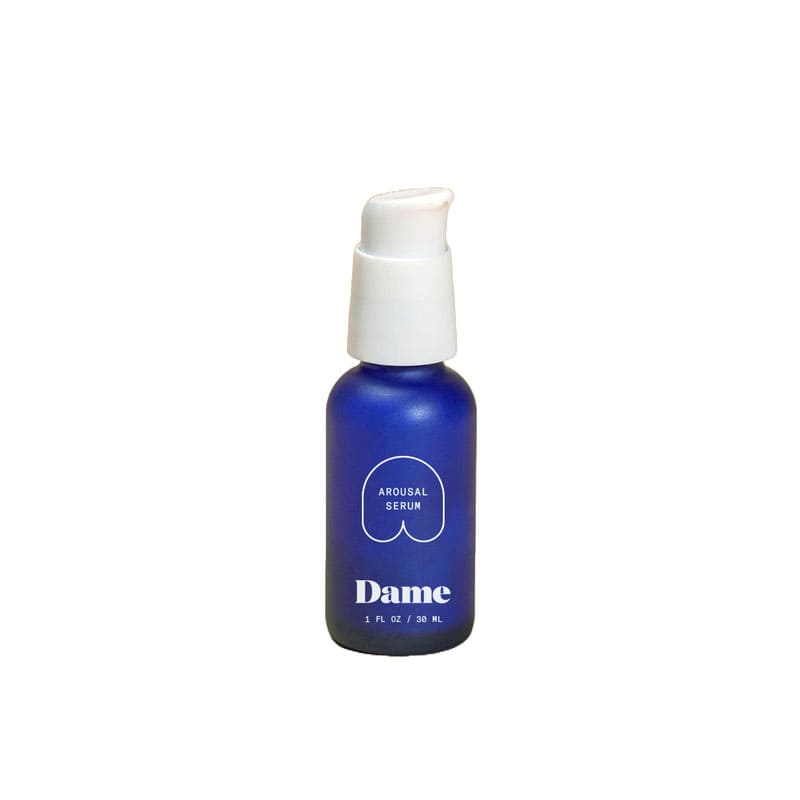History of Saint Valentine

The Month of Love
Dating back to the ancient Romans, a feast of Lupercalia was held from the 13th of February to the 15th. This feast was in celebration of fertility and purification. This is considered the origins of Valentine's Day. Read more about how the month of love got its name here.

Saint Valentine
While history dating back this far is not always entirely clear, some historians have argued that Pope Gelasius declared the 14th of February to be Valentine's Day in an attempt to reclaim the festival from the Romans and Christianise it. This happened around the end of the 5th century.
As there were two Saints each called Valentine, it is also not entirely clear which Saint this day was dedicated to. Both of these saints were martyred in Rome; Valentine of Terni in around AD 197 and Valentine of Rome in around AD 496.

How did this become Valentine's Day?

The second reference
In 15th-century France, the 14th of February became an annual feast day celebrating romantic love.
The earliest recorded Valentine greeting was written by the Duke of Orleans, a 15th-century Frenchman who was imprisoned in the tower of London. He wrote the following letter to his wife:
Je suis desja d'amour tanné
Ma tres doulce Valentinée
Roughly translated as: I am already sick of love, my very gentle Valentine.

William Shakespeare
To-morrow is Saint Valentine's day,
All in the morning betime,
And I a maid at your window,
To be your Valentine.

Roses are Red
The most famous line however was printed in a collection of nursery rhymes in 1794.
However if you want to get specific then the origins of these lines actually date back to Sir Edmund Spenser's 1590s epic, The Faerie Queene.
She bath'd with roses red, and violets blew,
And all the sweetest flowres, that in the forrest grew.
Valentine's Day Cards
Of course all these little references add up to what we have today. The first valentine's day cards were in circulation in the 18th century with lovers making cards that featured flowers and love knots and often including puzzles and lines of poetry. The cards were then slipped secretly under a door or tied to door-knocker for their love to find the next morning. By the Victorian era these cards had become immensely popular and by the mid-19th century these cards had made their way to America to enjoy the spotlight of gooey romance and large love affirming gestures.
Discover the Valentine's Day Gift Guide here.








